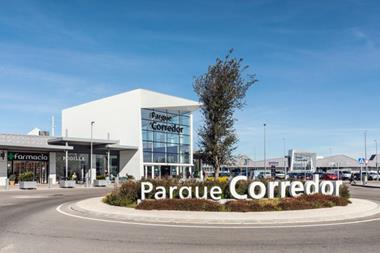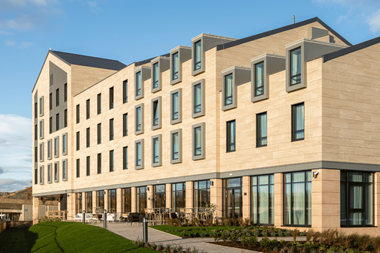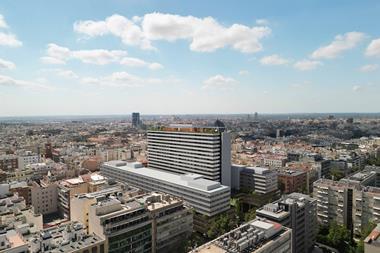Over 100,000 m2 of quality shopping centre space came on stream in Moscow during the second quarter of 2013, Jones Lang LaSalle reports.
Over 100,000 m2 of quality shopping centre space came on stream in Moscow during the second quarter of 2013, Jones Lang LaSalle reports.
The 107,000 m2 GLA compares to zero new space in Q2 2012 and Q2 2011.
The largest scheme completed in the second quarter of 2013 was RIO Leninskiy (40,000 m2 of GLA). Additionally two outlet schemes, Fashion House Outlet (28,500 m2 GLA) and Vnukovo Outlet Village (16,500 m2 GLA) were opened in the second quarter.
The announced pipeline for H2 2013 is about 150,000 m2 quality space. However, the launch of several projects may be postponed, JLL cautioned.
Tatyana Kluchinskaya, national director and head of the retail department at JLL Russia & CIS, commented: 'If all the announced pipeline projects are completed on time the annual completion will exceed 250,000 m2 in 2013 which will be the highest figure in three years. The Moscow market received 149,000 m2 of new space in 2011 and 232,000 m2 in 2012. We are currently witnessing progressing revitalisation of new development in retail real estate which will reach the highest point in 2014 when the market will see about 600,000 m2 of new quality space.'
If all the announced projects are completed on time the Moscow market density will reach 313 m2 per 1,000 inhabitants by the end of 2013 and 363 m2 per 1,000 inhabitants by end-2014.
Kluchinskayas: 'As a result Russian capital will compete several cities of Western Europe, namely Amsterdam (370 m2 per 1,000 inhabitants) and Berlin (348 m2 per 1,000 inhabitants). Although the ‘stock per 1,000 inhabitants’ figure will reach the level of several European capitals this figure should not be considered as the saturation point. The Russian market has its own development history and the saturation point is different here. Krasnodar, for instance, is still popular with retailers who are still willing to open new shops in the city that still offers new schemes regardless of high market density (829 m2 per 1,000 inhabitants).'










